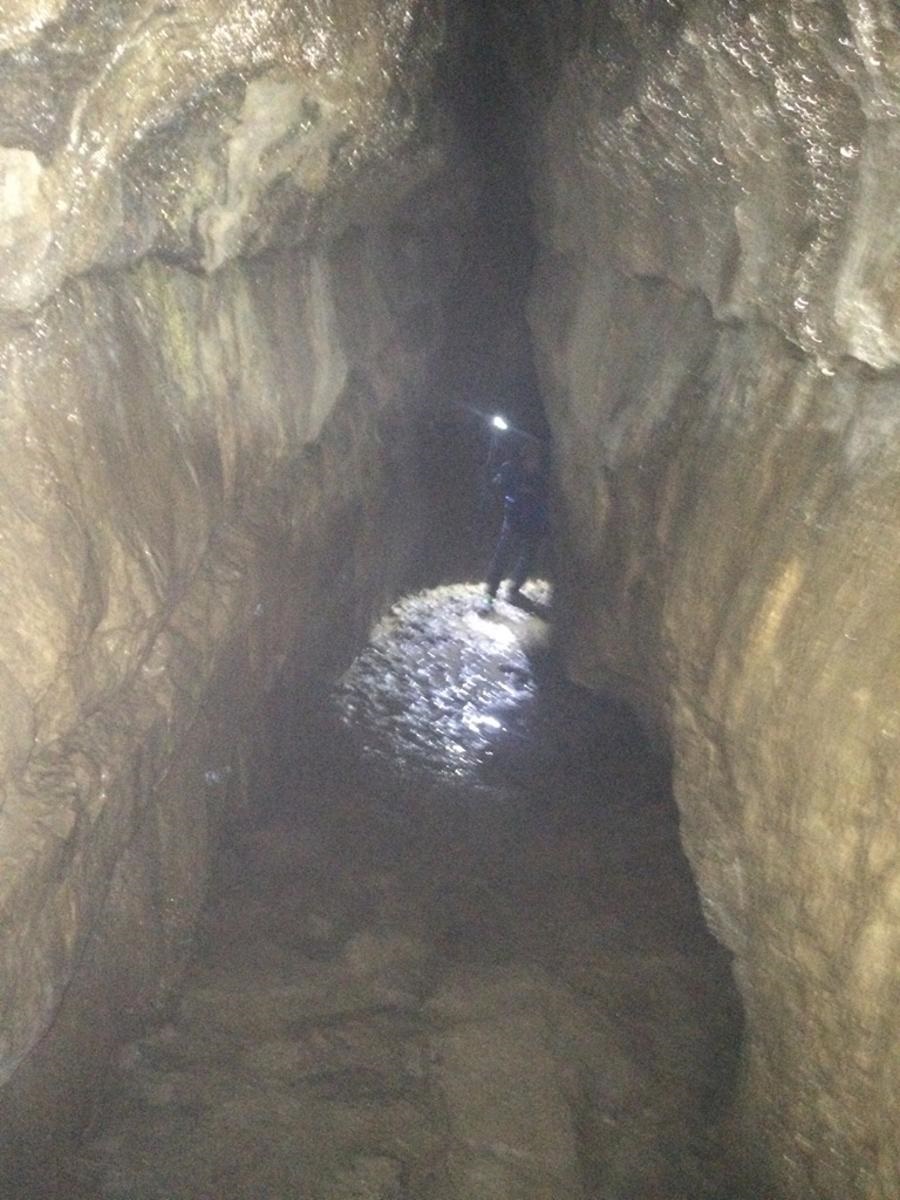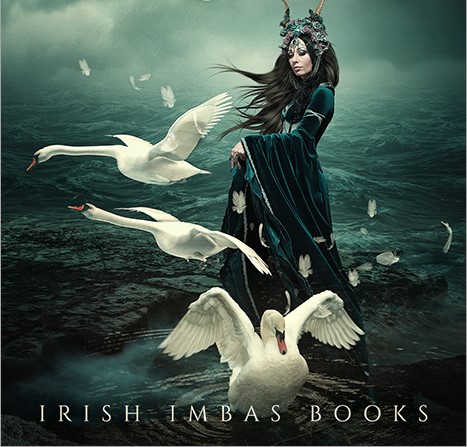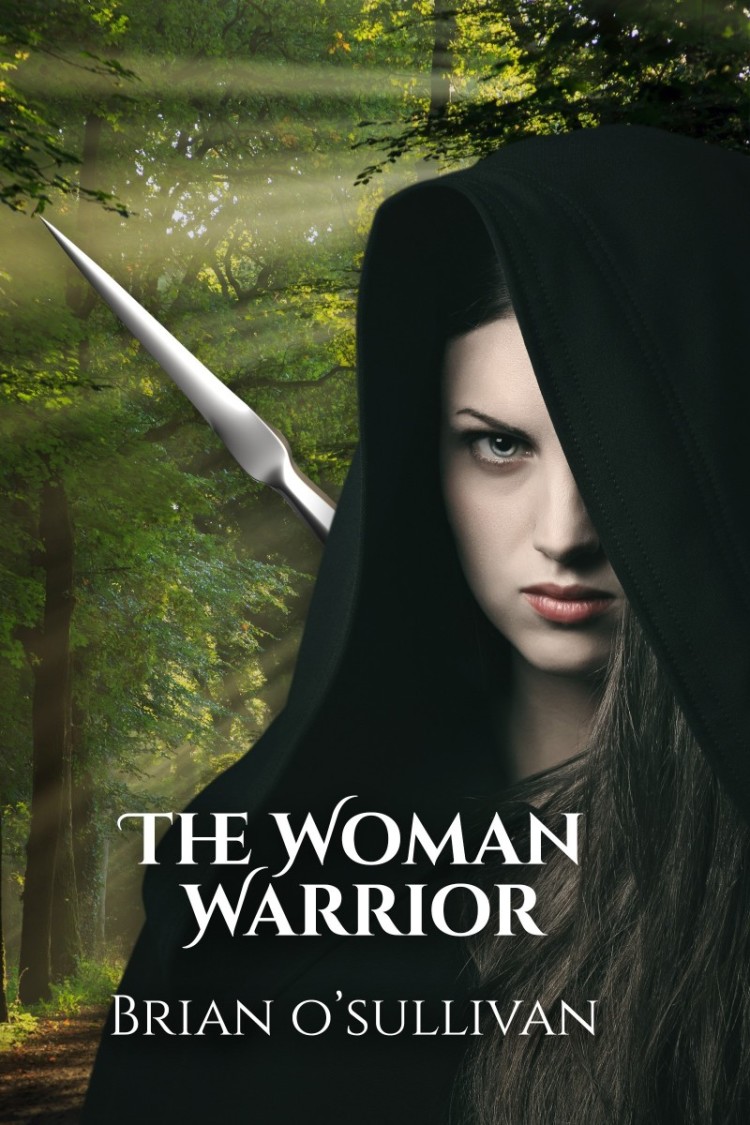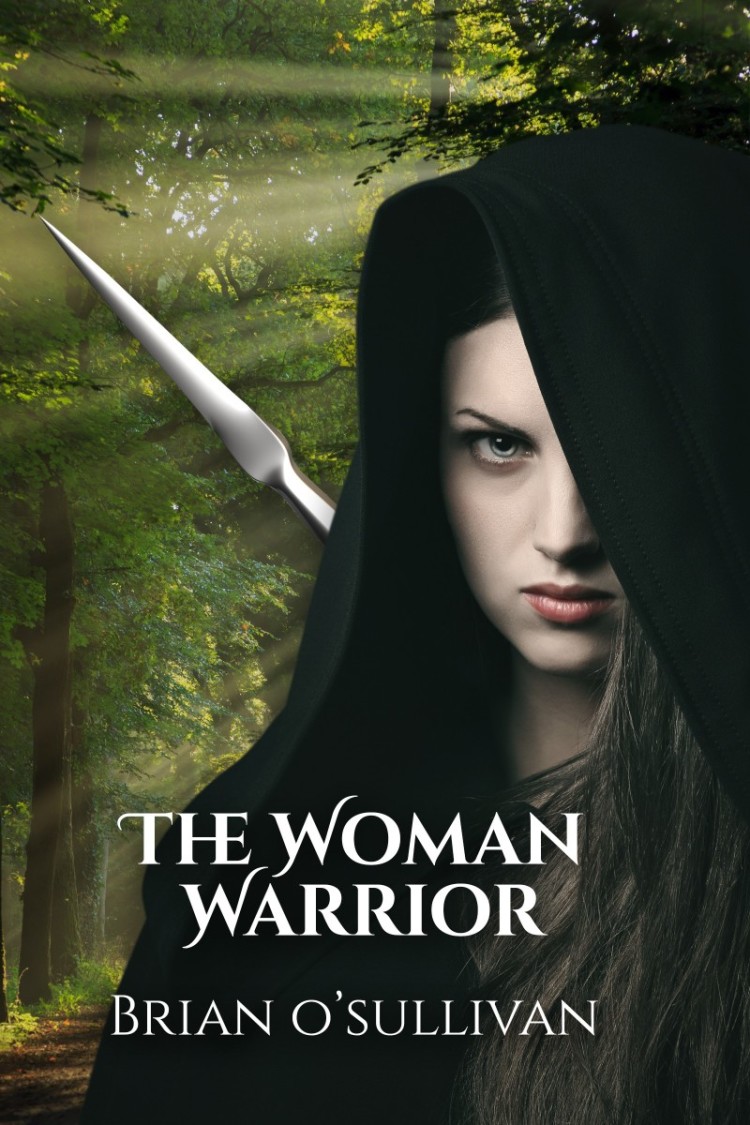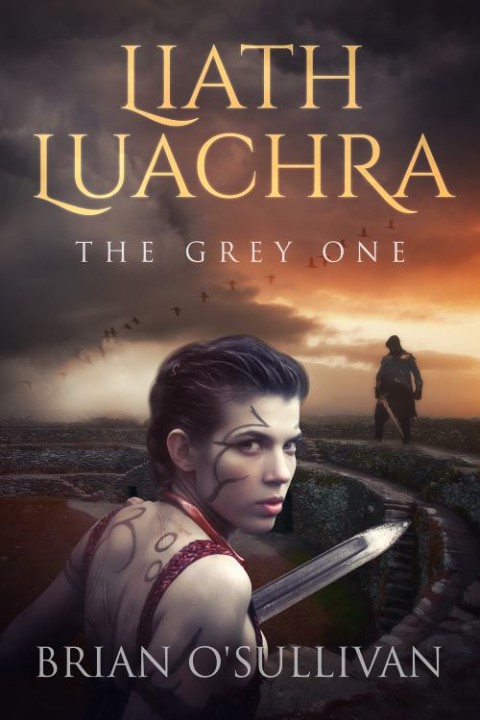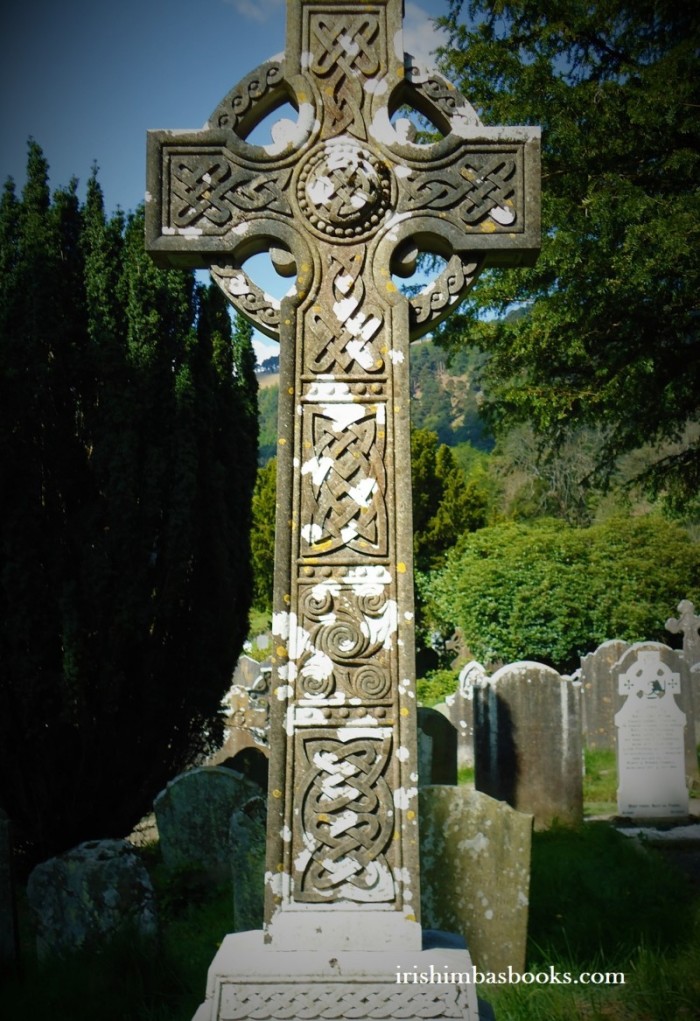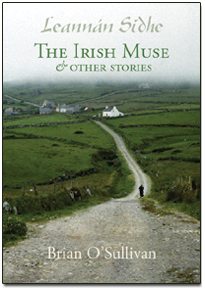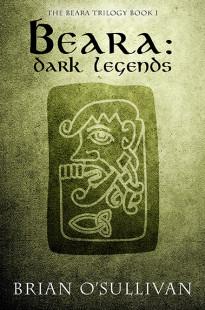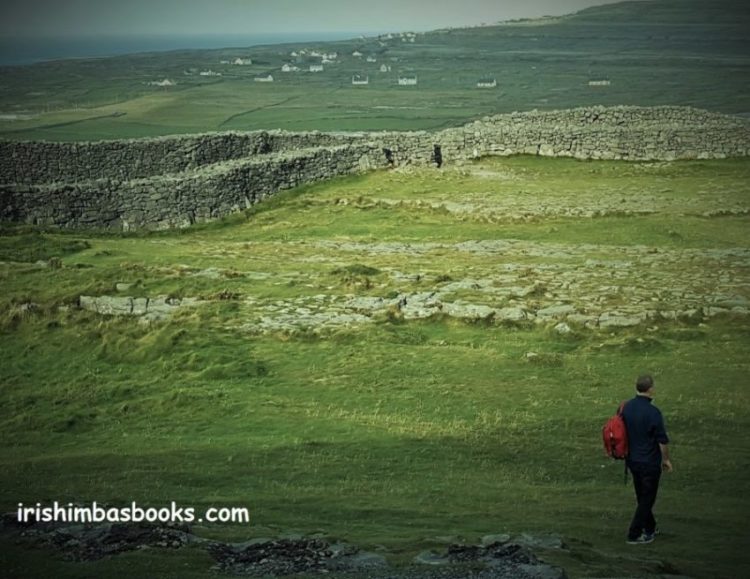
Earlier this year when visiting the Aran Islands I came across a story I’d not heard before concerning the Fir Bolg.
But first, a bit of context:
According to that very dubious source of Irish history/mythology, the Lebor Gabála Érenn (The Book of Invasions), the population of Ireland was derived from a series of numerous (well … six) consecutive colonising invasions from six different population groups. The fourth of these invading groups were known as the Fir Bolg and were said to be descendants of the third group (the Nemed) who died from disease or fled the country (commencing the long tradition of Irish emigration!)
According to the Lebor Gabála Érenn, the Fir Bolg were enslaved by the Greeks and obliged to toil by carrying bags of stone and soil, an uneasy rationale for how they got their name (one possible interpretation for “Fir Bolg” is “Men of bags” although it’s now believed actually mean “those who swell up” with battle fury). Somehow surviving 230 years of slavery, the Fir Bolg manage to depart from Greece and returned to Ireland where they divided the country up into Ireland into five separate provinces.

Unfortunately, after all that effort, a mere thirty-seven years later, the fifth invading population group (the Tuath Dé Dannann) turned up and defeated the Fir Bolg in battle at Mag Tuired (Moytirra). At this point the narrative of the text varies with some versions indicating the Fir Bolg left Ireland altogether and others saying they retreated to Connacht to live in peace.
For a long time, as a result of the Lebor Gabála Érenn and other sources, many people believed that the inhabitants of the more isolated islands off the western Irish coast were the descendants of the Fir Bolg. More importantly, these people were also believed to be almost direct descendants as the population on the western islands had remained relatively untouched and unspoiled by the undue influences of civilization and progress.
From 1859 onwards, this particular belief became more important as a result of Charles Darwin’s “On The Origin of the Species”. Following its publication, there was immense interest in theories of evolution and the idea that physical characteristics such as height, hair and eye colour etc. might show a direct line of progress from ‘ape/uncivilised’ man to ‘civilised’ man. With reference to the Irish situation, Alfred Haddon (an English anthropologist and ethnographic) co-founded Dublin’s Anthropometric Laboratory in 1891, ‘with the explicit aim of understanding the racial characteristics of the Irish people’.
The people of the islands in the west of Ireland suddenly became very important because their “pure pedigree” (as descendants of the Fir Bolg) meant that they potentially held the key to the origins of the Irish race. In an increasingly nationalistic Ireland, there was keen interest from many nationalists to use these new ‘sciences’ to justify and support their own political beliefs. From the English camp meanwhile, there was also great interest in locating evidence that might explain the existence of the ‘black’ or ‘Africanoid’ Irish and the presence of such a primitive (white) race living so close to the United Kingdom (during this period, the Irish were regularly portrayed as apelike in English newspapers such as ‘Punch’ etc.)
It came as no surprise therefore, when Haddon and an Irish doctor by the name of Charles Browne arrived on the Aran Islands in 1893 and started recording the head size, cranial capacity, eye colour, skin pigmentation etc. of every islander (whom they referred to as “Aranites”) they could get their hands on. Women, of course, following the prejudices of the time, were excluded from analysis.
The study created immense interest and in the end, the results were published in 1893 in the Proceedings if the Royal Irish Academy. In terms of the Fir Bolg theory, unfortunately it all turned out to be something of a damp squib for all concerned with the report author’s summarizing it as follows:
“To what race the Aranites belong we do not pretend to say, but it is pretty evident they cannot be Firbolgs, if the latter are correctly described as small, dark-haired and swarthy.”
[Final Note: These days, the general academic consensus is that the Fir Bolg were an early Celtic group called the Bolgae (not to be confused with the Belgae) who established a settlement in Ireland.]
Bored? In need of scintillating cultural stimulation?
The consider our monthly newsletter (below). More in-depth articles on Irish culture (contemporary or historical), mythology/ folklore, occasionally news on new books, writing or other things that amuse us.






